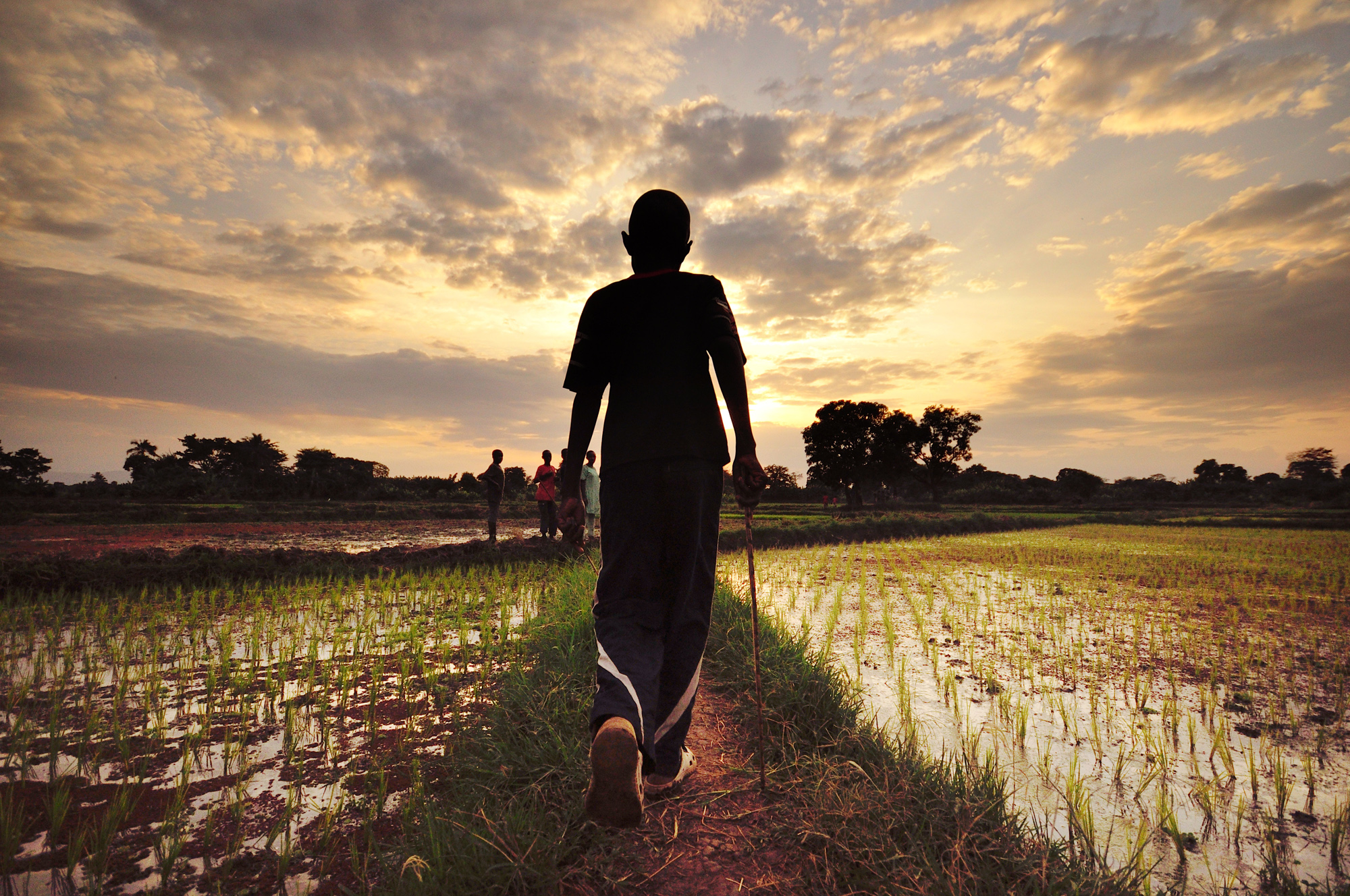
29 Aug A Guidebook for Analyzing Social-Ecological Systems for Community Conservation
The CCRN has launched a new publication for analyzing social-ecological systems. This guidebook was created by the CCRN working group on social-ecological systems and community resilience, it is a useful resource for anyone interested in studying communities through a social-ecological systems lens.
This new document describes social-ecological systems as integrated complex systems that include social and ecological subsystems in a two-way feedback relationship (Berkes 2011). This relationship occurs whenever people interact with their environment. The forms of interactions can vary from community-based small-scale fishing to country-wide eco-tourism. Thus, the interactions within social-ecological systems have implications regarding social systems (i.e. jobs) and ecological systems (i.e. biodiversity loss).
Three key concepts to understanding social-ecological systems are described in detail in this guidebook: multiple scales, multiple levels, and resilience. Multiple scales usually refers to time and space, specifically whether an event occurs over a short or long time scale, or whether an activity takes place over a small or a large spatial scale. Parallel to the idea of scale is that of level; a specific point along a scale, or a unit of analysis within a scale. Finally, resilience is the ability of a system to maintain overall function and structure, despite unexpected shocks to that system.
According to this guidebook, looking at communities through a social-ecological systems lens requires researchers to understand the meaning, motivation and governance of conservation within their community. How the meaning and motivation of conservation is perceived by a community can improve a community’s environmental initiative by establishing a conservation policy that fits with local realities and needs. In terms of governance and conservation, the main goal is to achieve a fundamental balance between food and livelihood needs, while ensuring that the ecosystem continues to provide goods and services. Outcomes of conservation initiatives, whether community-led or government-driven, will be multi-dimensional in nature. It is important to examine the impact human use and conservation can have across the entire social ecological system, with a focus on the outcomes that are viewed as the most relevant and important.
More information regarding social-ecological system analysis, including detailed information on the material above, examples, frameworks for analysis and definitions, can be found in the guidebook itself, “Analysis of Social-Ecological Systems for Community Conservation.”
References
Berkes F. 2011. Restoring unity: the concept of social-ecological systems. In: World Fisheries: A Social-Ecological Analysis (R.E. Ommer, R.I. Perry, K. Cochrane and P. Cury, eds.). Wiley-Blackwell, Oxford, pp. 9-28.


